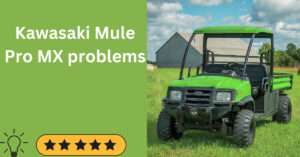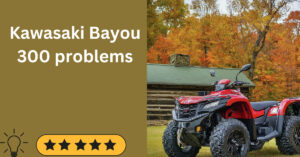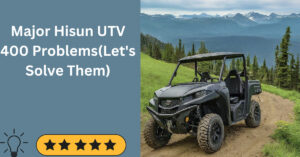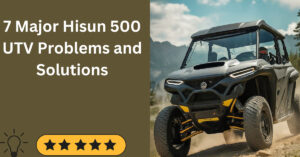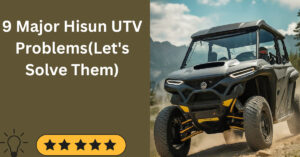Welcome to the exhilarating world of off-roading! Starting this exciting hobby is a journey that should be as thrilling as the trails you’ll conquer. This guide is your companion, offering a helping hand as you make your first steps into off-roading, ensuring it’s not just an adventure but a memorable experience.
What is off-roading?
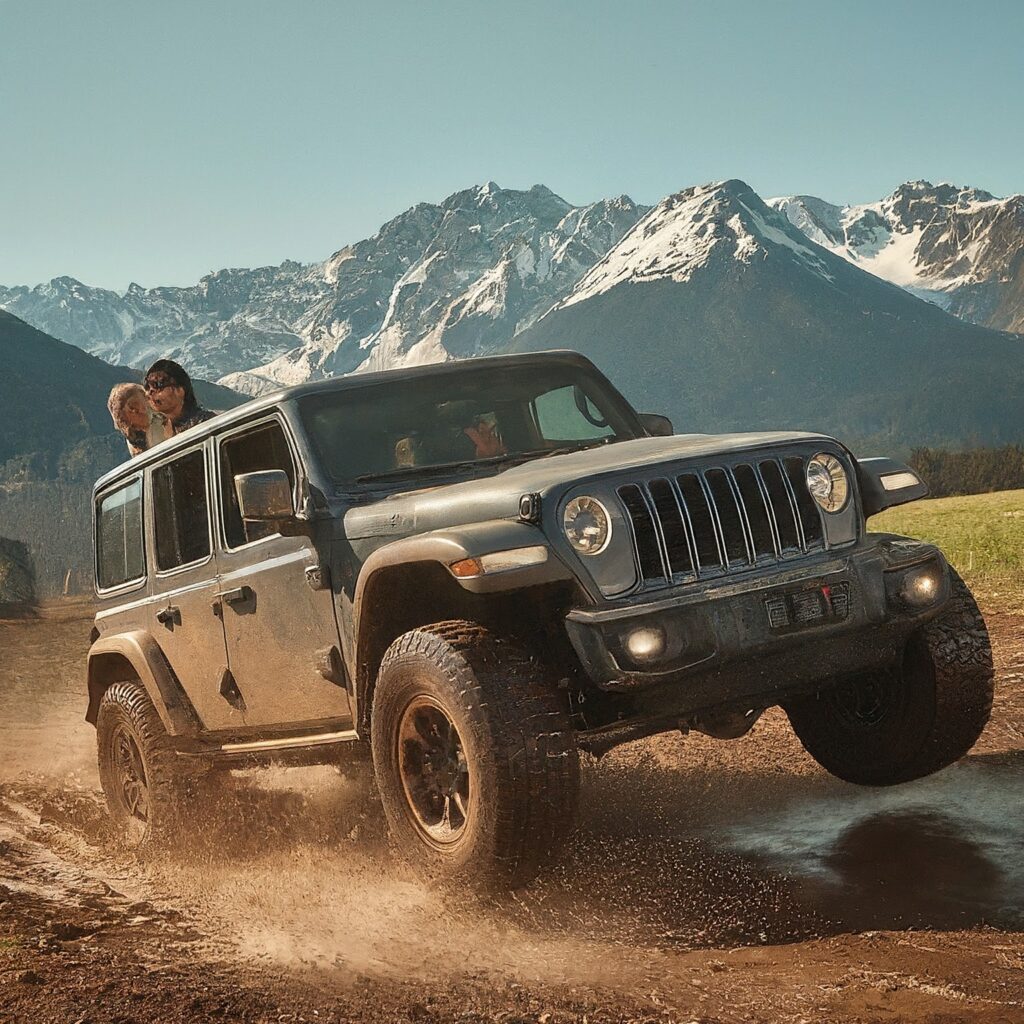
Off-roading refers to the activity of driving or riding specialized vehicles on unpaved surfaces, such as dirt trails, rugged terrains, or rough landscapes, rather than on traditional paved roads. This adventurous and recreational pursuit involves navigating through challenging and uneven conditions, including mud, sand, rocks, hills, and other natural obstacles.
Off-roading enthusiasts often use vehicles like ATVs (All-Terrain Vehicles), dirt bikes, SUVs (Sport Utility Vehicles), and trucks, which are equipped with features like high clearance, four-wheel drive (4WD) or all-wheel drive (AWD), and robust suspension systems to handle the demanding conditions encountered off the beaten path. Off-roading is popular for its thrill, connection with nature, and the exploration of scenic and less-travelled areas.
Also read 7 Best Offroad Sedan in 2024
How To Start Off Roading
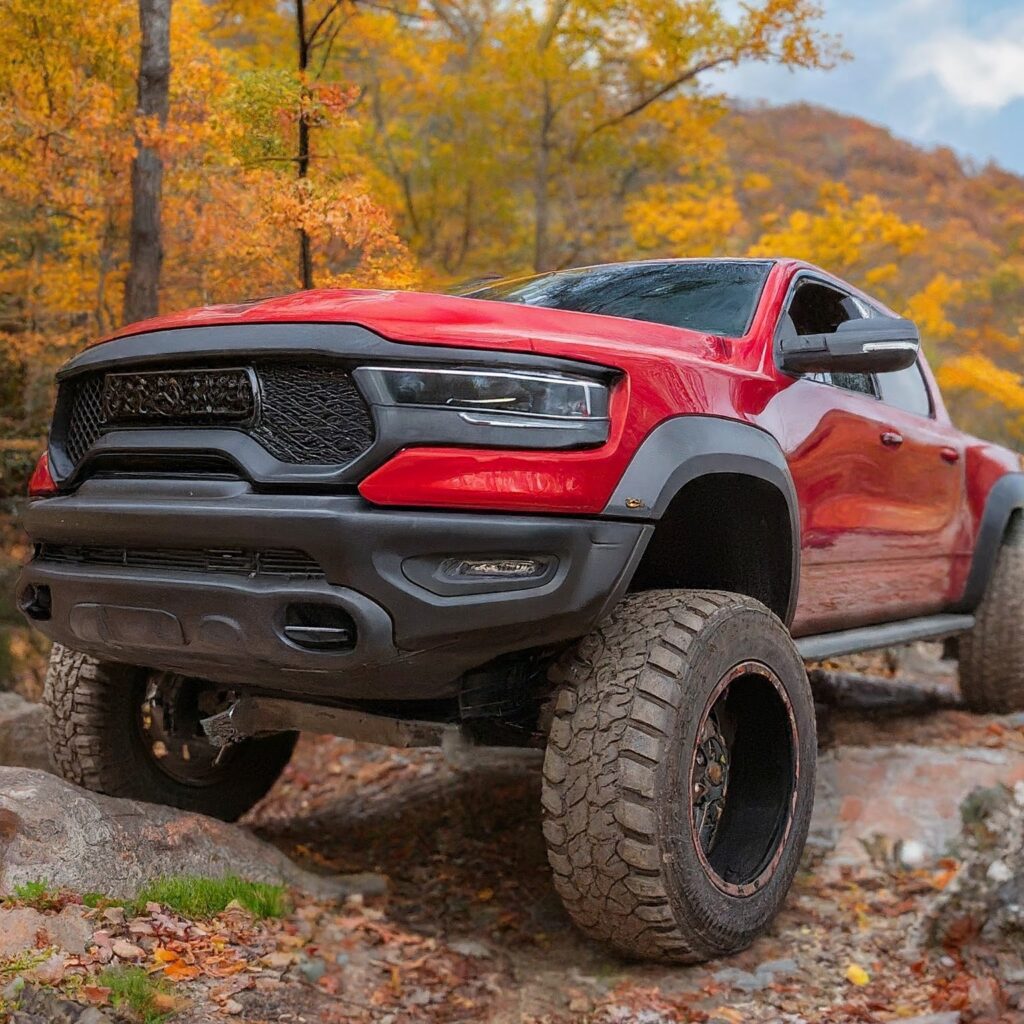
Here are few steps that tell that to start a successful off-roading.
1. Choosing Your Off-Road Companion
Selecting the right off-road vehicle is like picking a partner for your adventure. Whether it’s an ATV, dirt bike, SUV, or truck, consider factors like high clearance and 4WD/AWD. In the early days, renting or buying a used vehicle is practical. Look for features such as approach/departure angles, ground clearance, and suspension tailored to your off-roading aspirations.
2. Gearing Up for Off-Road Fun
Gear up for the off-road excitement with the right equipment. Don a helmet, goggles, and gloves for your safety. Equip your vehicle with recovery essentials like tow straps, a winch, and traction boards. Don’t forget lights for night drives, a CB radio for communication, and basic safety items such as a first aid kit, fire extinguisher, and an emergency blanket.
3. Discovering Beginner-Friendly Trails
Embark on your off-roading journey with beginner-friendly trails that let you ease into the excitement. Seek out trails marked easy or beginner, with manageable water crossings and fewer obstacles. Connect with locals and off-roading clubs for recommendations, and consider having a guide for those initial trips to ensure a supportive start.
4. Mastering the Basics of Off-Road Driving
Acquiring the basic skills of off-road driving is the key to unlocking the full potential of your off-roading adventures. Learn to navigate obstacles by maintaining momentum, control your speed, and practice turning techniques like power sliding. Experiment with various terrains, from mud to sand to snow, to become a skilled off-road driver.
6 Tips for Successful off-roading
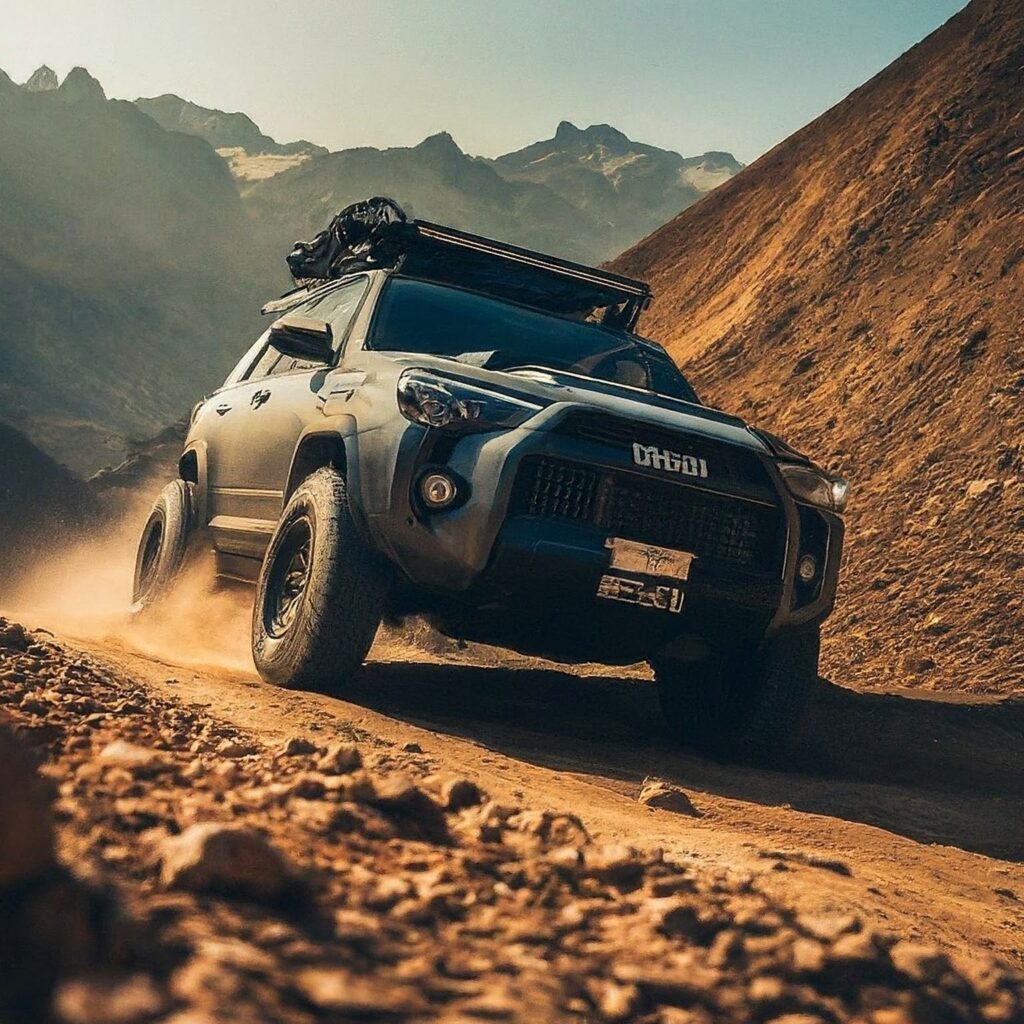
Embarking on a successful off-roading adventure requires preparation, skill, and a keen understanding of your vehicle and the terrain. Here are some tips to ensure a successful off-roading experience:
1. Know Your Vehicle:
Understand your vehicle’s capabilities and features, such as ground clearance, approach/departure angles, and four-wheel-drive (4WD) systems.
2. Choose the Right Terrain:
Select trails that match your skill level. Begin with easy or beginner-friendly routes and gradually progress to more challenging terrains.
3. Inspect and Maintain Your Vehicle:
Regularly check your vehicle’s condition, including tire pressure, fluids, brakes, and suspension. Perform routine maintenance to ensure optimal performance.
4. Pack Essential Gear:
Carry safety essentials like a first aid kit, fire extinguisher, and emergency tools. Bring recovery gear such as tow straps and a winch for challenging situations.
5. Wear Appropriate Safety Gear:
Always wear protective gear, including a helmet, goggles, gloves, and sturdy footwear. Safety gear is crucial for preventing injuries.
6. Travel with a Buddy or Group:
Off-roading is more enjoyable and safer when done with others. Travelling in a group provides assistance in case of emergencies and enhances the overall experience.
5 Beginner Mistake doing Off-roading
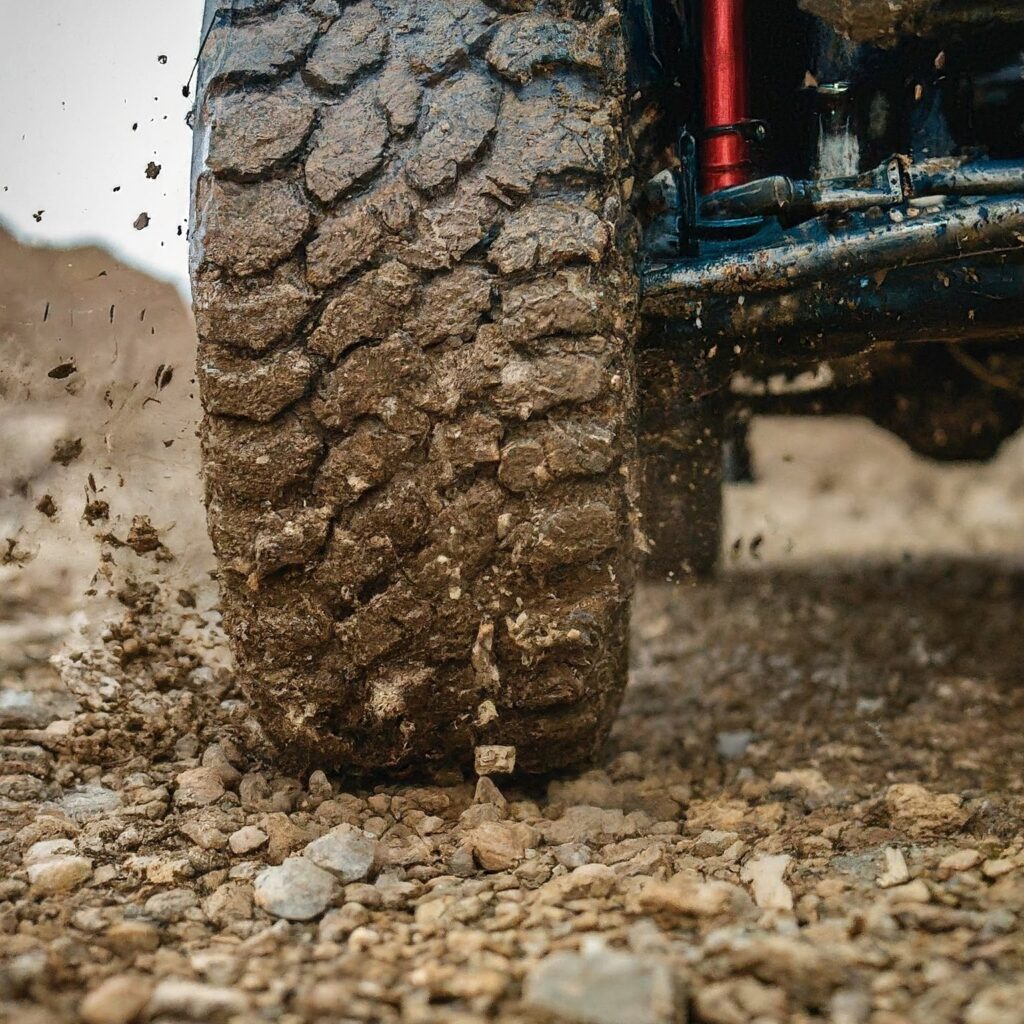
Off-roading can be an exhilarating adventure, but for beginners, it’s important to be aware of potential mistakes to ensure a safe and enjoyable experience. Here are five common beginner mistakes to avoid when venturing into off-roading:
1. Overestimating Vehicle Capabilities:
- Mistake: Assuming that any vehicle is suitable for off-roading.
- Solution: Choose a vehicle with proper off-road features like high clearance, 4WD/AWD, and suitable tires.
2. Skipping Essential Safety Gear:
- Mistake: Neglecting safety gear such as helmets, goggles, and recovery equipment.
- Solution: Prioritize safety by wearing the right gear and carrying essential items for recovery.
3. Ignoring Trail Ratings:
- Mistake: Attempting advanced trails without understanding difficulty ratings.
- Solution: Start with beginner-friendly trails and gradually progress as skills and confidence improve.
4. Excessive Speed and Aggressive Driving:
- Mistake: Driving too fast or aggressively over challenging terrain.
- Solution: Maintain a controlled speed, use proper techniques, and focus on precision rather than speed.
5. Lack of Basic Off-Road Skills:
- Mistake: Attempting obstacles without learning basic off-road driving skills.
- Solution: Take the time to learn techniques like controlled braking, turning, and navigating different terrains.
By avoiding these common mistakes, beginners can set the foundation for a positive off-roading experience and gradually progress to more challenging trails as their skills improve.
What are the best off-road vehicles for beginners?
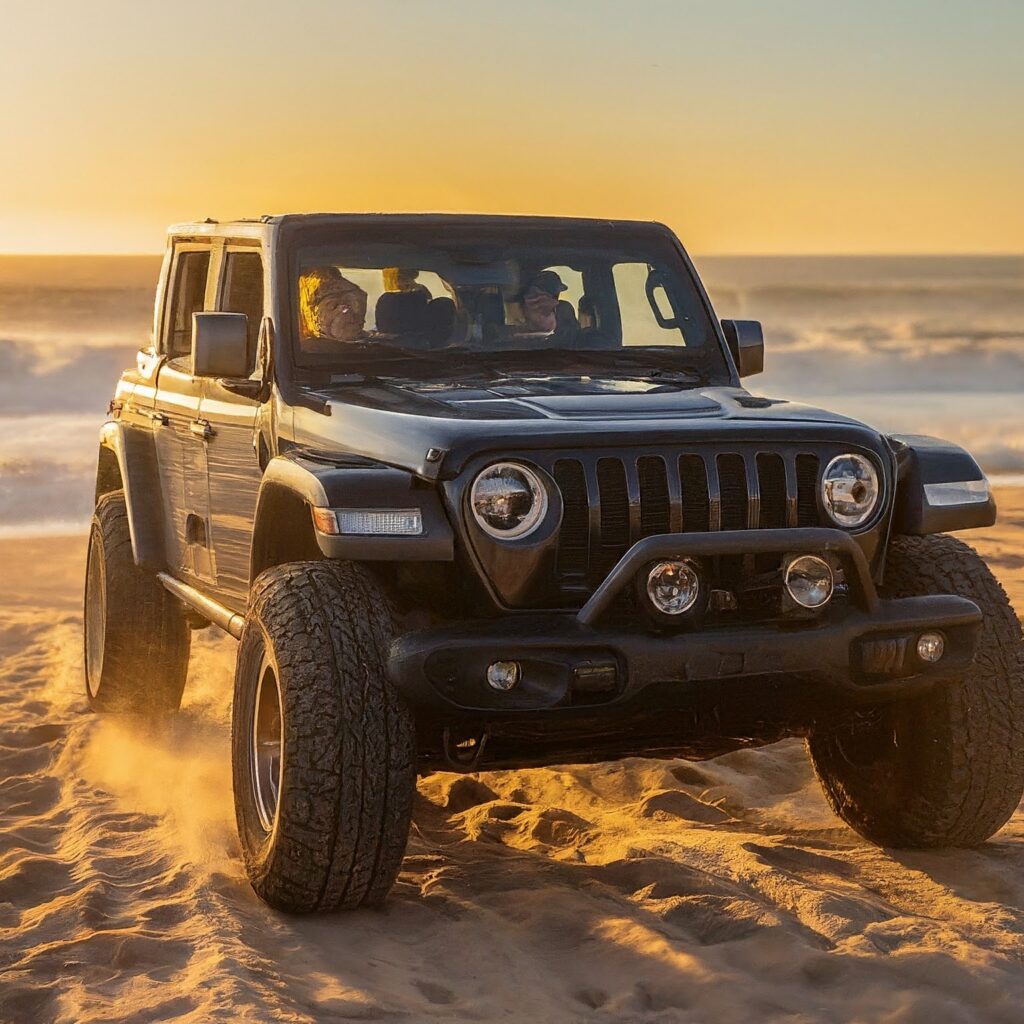
When it comes to off-road vehicles for beginners, there are several options that are popular for their reliability, versatility, and ease of use. Here are some of the best off-road vehicles for beginners:
- Jeep Wrangler: The Jeep Wrangler is a classic choice for off-roading enthusiasts. It offers excellent off-road capability, a rugged design, and a strong aftermarket support for modifications.
- Toyota 4Runner: Known for its durability and off-road prowess, the Toyota 4Runner is a great choice for beginners. It comes with features like 4WD, good ground clearance, and a reputation for reliability.
- Ford Bronco Sport: The Ford Bronco Sport is a compact SUV that offers impressive off-road capabilities, including multiple drive modes, good approach and departure angles, and a capable suspension system.
- Subaru Outback: The Subaru Outback is a versatile crossover that performs well on both paved roads and off-road trails. It comes with standard all-wheel drive and good ground clearance.
- Nissan Xterra: The Nissan Xterra is a rugged SUV with a strong off-road heritage. It offers features like 4WD, skid plates, and a robust suspension system for tackling rough terrains.
These vehicles are popular choices among beginners due to their off-road capabilities, reliability, and ease of use. It’s important to consider factors like budget, intended off-road activities, and personal preferences when choosing the best off-road vehicle for your needs.
Concluding: Take it Slow and Make it Your Own
Remember, off-roading is about the journey, not just the destination. Take it slow, enjoy the process, and avoid the urge to rush into advanced trails. Gradually challenge yourself and focus on honing your vehicle control and safety skills. Consider enrolling in off-road driving classes to further elevate your expertise. Off-roading is not just a hobby; it’s a thrilling and rewarding experience that grows with you. So, buckle up, take it one trail at a time, and make your off-roading adventure uniquely yours.

